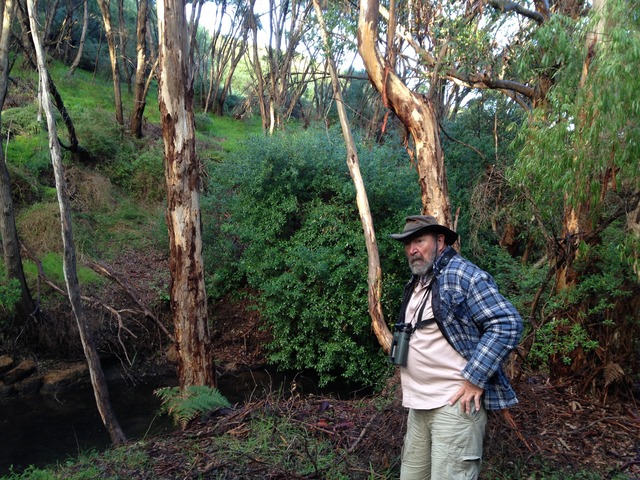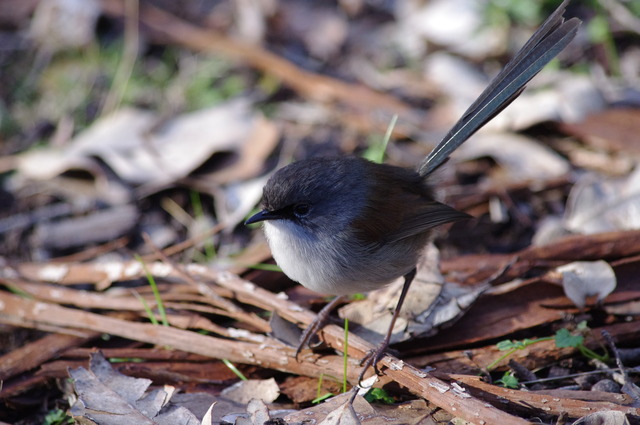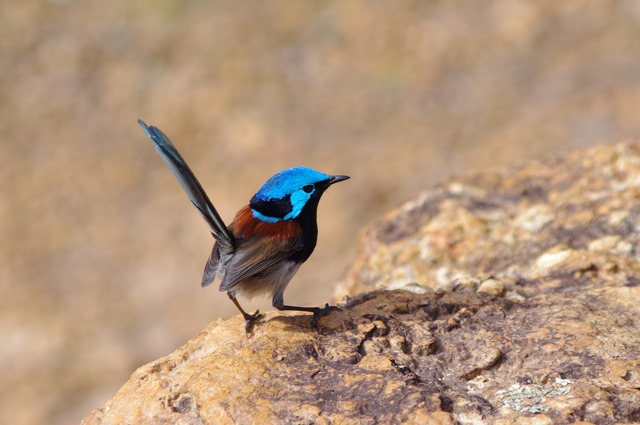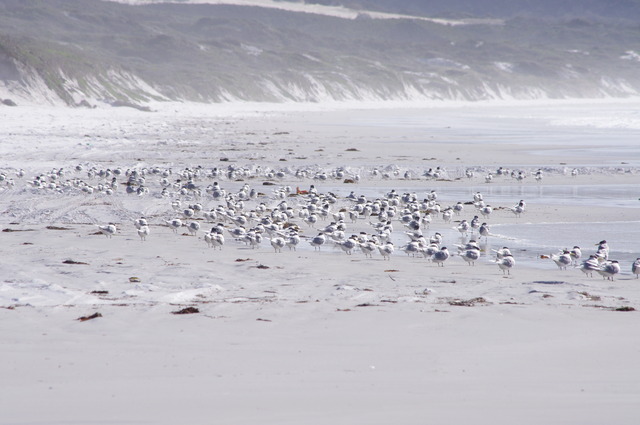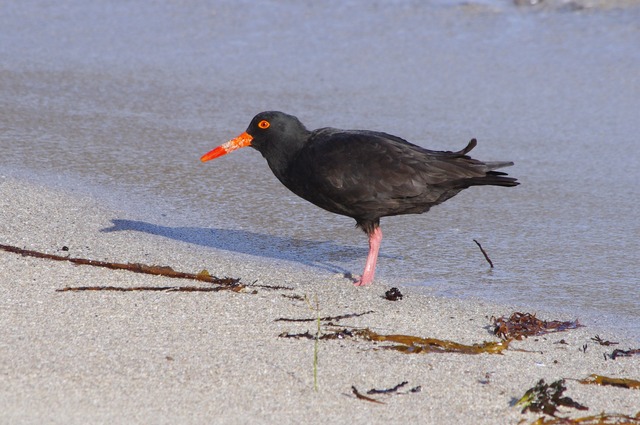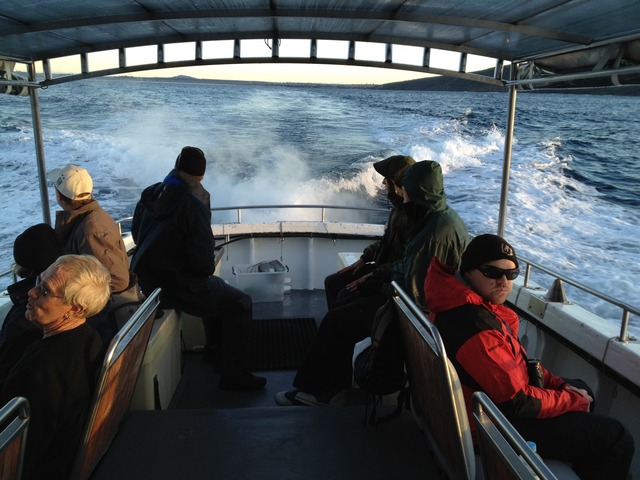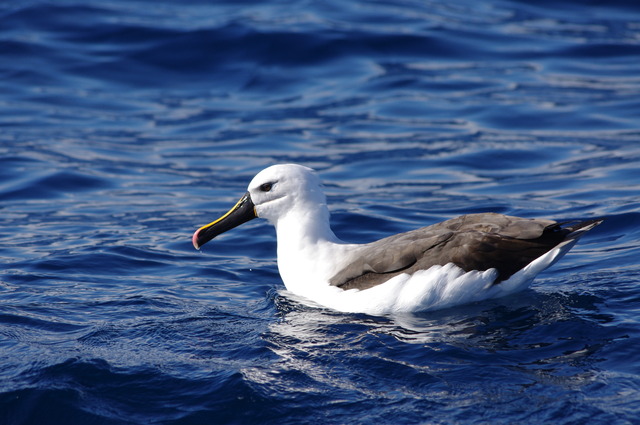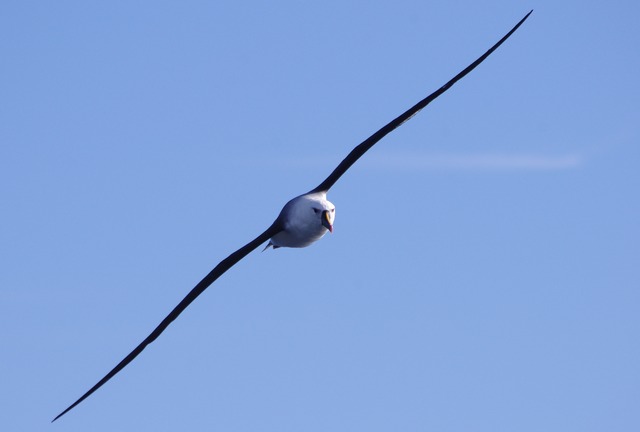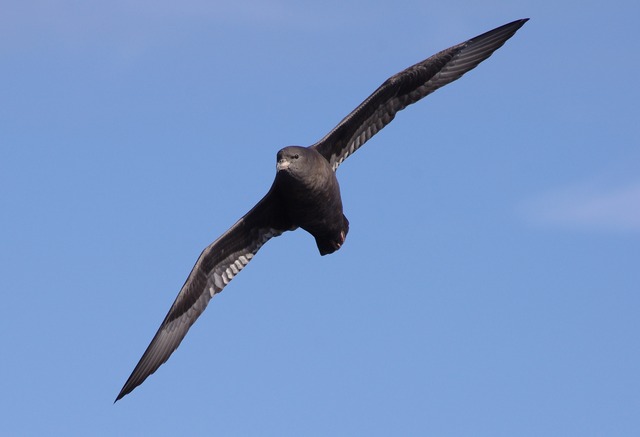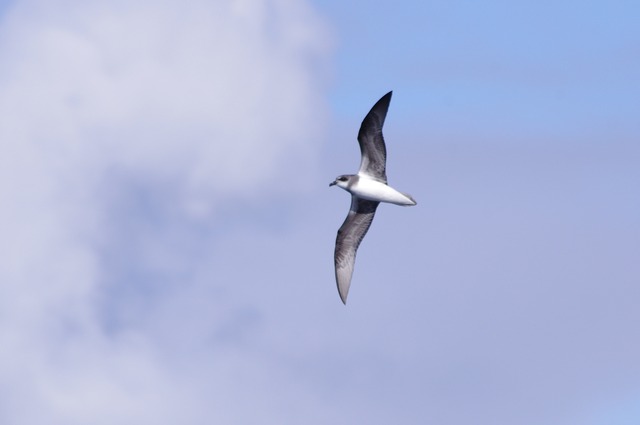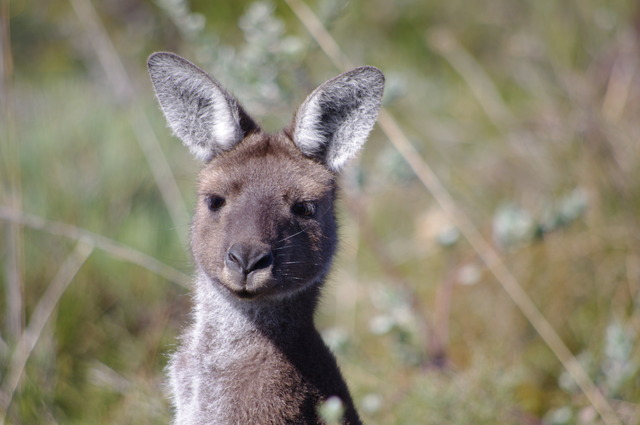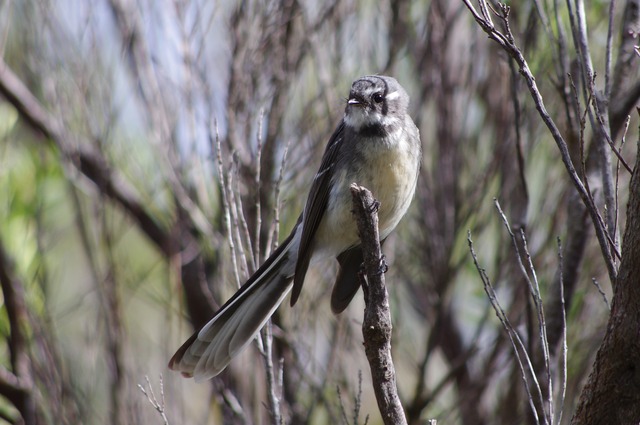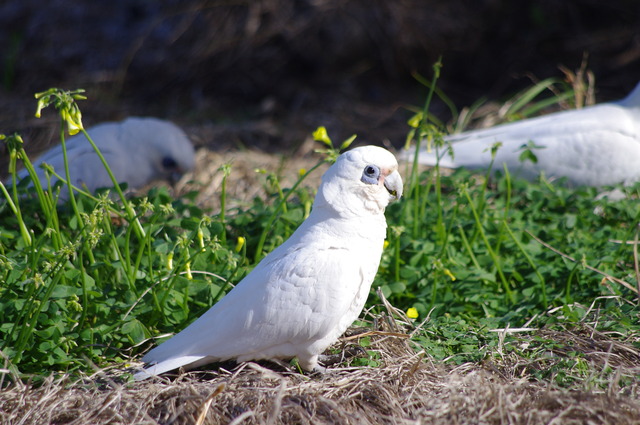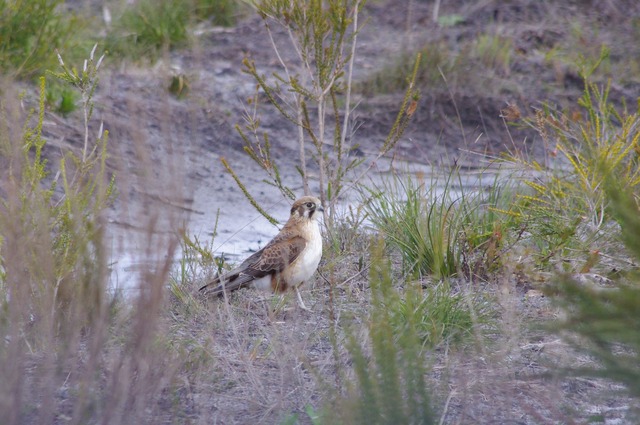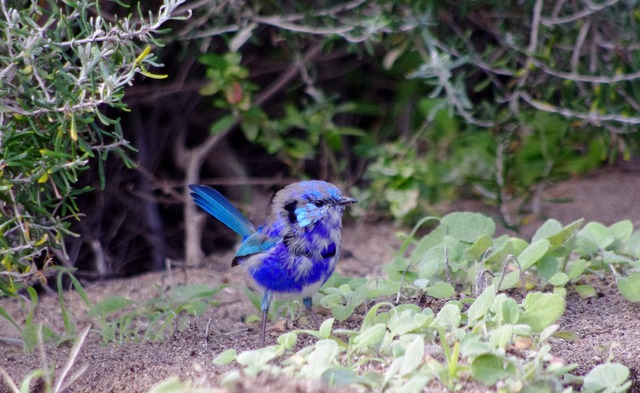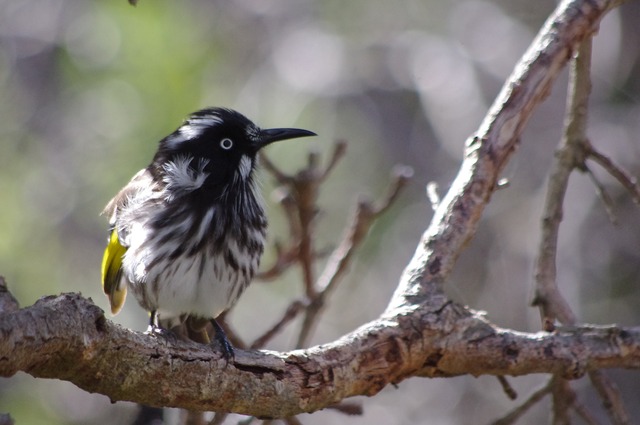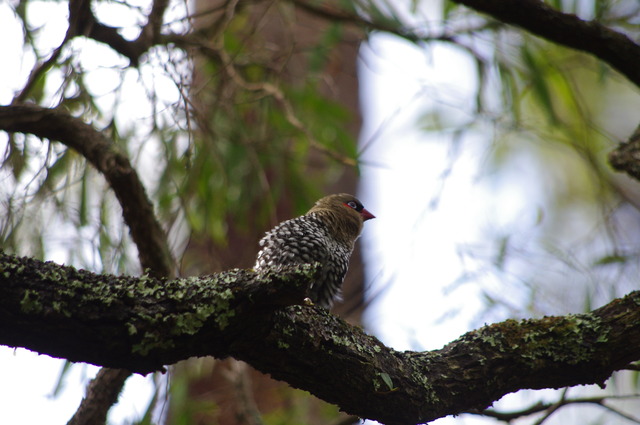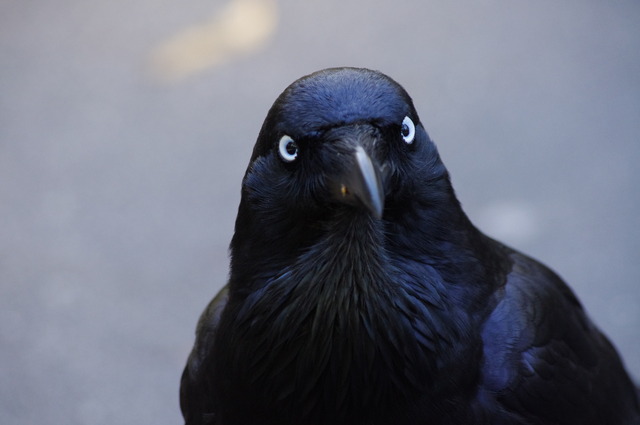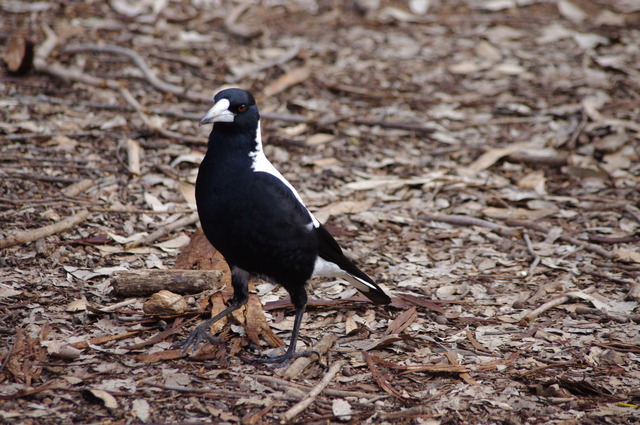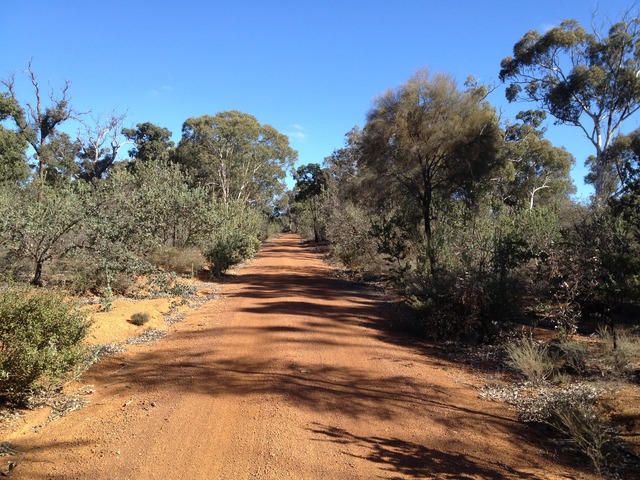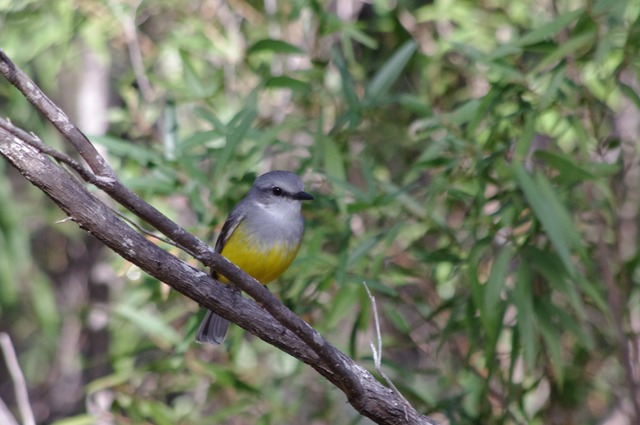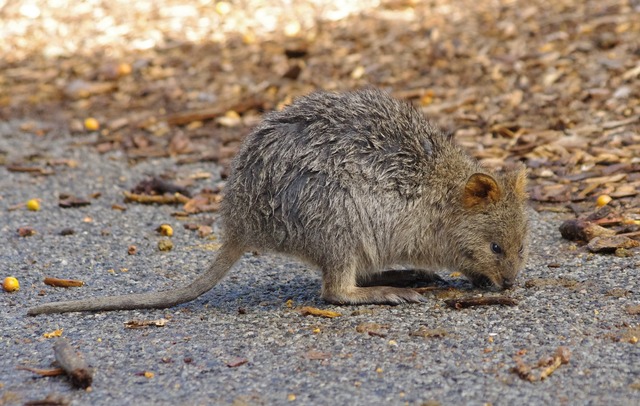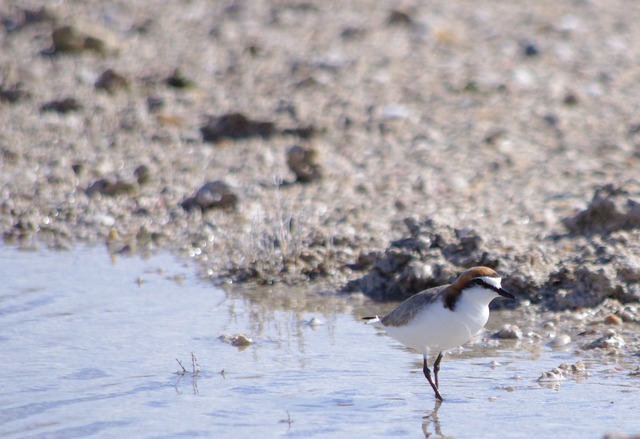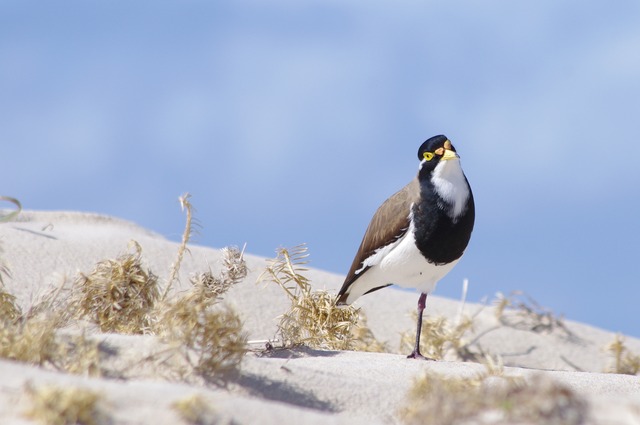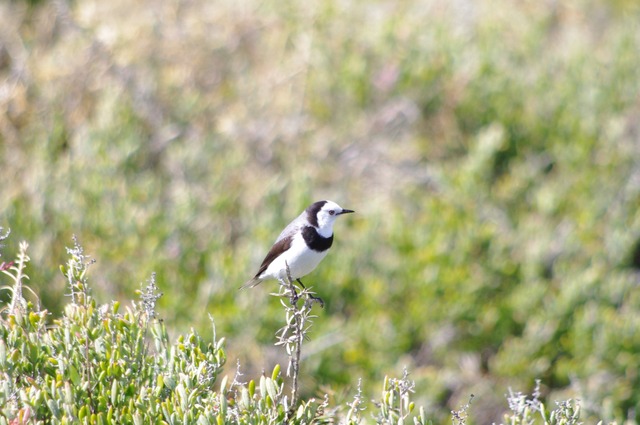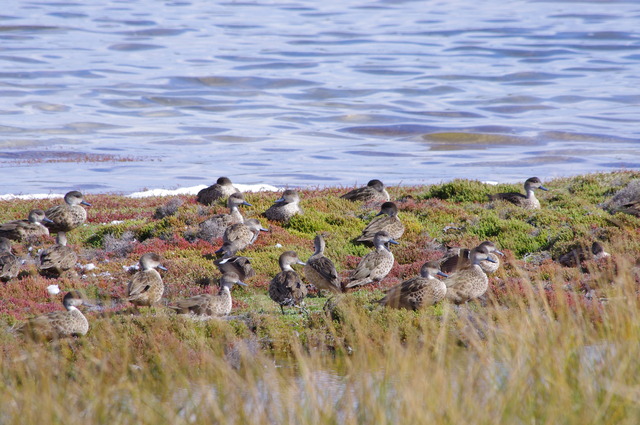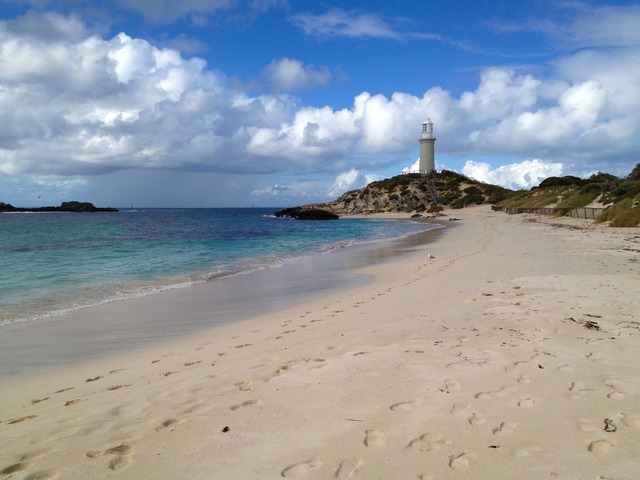Leif Rydell
South-west Australia July 2012
My very good Graham and his wife Liz met me at Perth airport for an eight days long birding trip together. Graham who lives south of Brisbane had not visited this part of Australia for birding, so he was as eager as I to start finding the specialities for this region. In the southwest there are 17 endemics and we managed to see almost everyone. Our plan was to drive south and making our first stop at Dryandra State Forest.
My very good friend Graham Palmer.
The weather was fine but the evenings and nights were very cold. We had some good moments with good sightings of the first endemics as well as some more widespread species. We then continued further south to the coast but we managed to squeeze in Porongurup National Park, where we saw several endemics including these two; Rufous Treecreeper (which hardly gives the expression of beeing a treecreeper as it has the behavior to jump on the ground like a sparrow) and a young Blue-breasted Fairy-wren.
From here we drove down to our home for the next 3 nights, Cheyenes Beach caravan park, east of the coastal town of Albany. This is an excellent place to spot more endemics as well as its closeness to Albany and Two Peoples Bay. I saw many splendid birds and I can really recommend this place. One of the absolut star birds of the trip was this magnificent male of a Red-winged Fairy-Wren.
Here you can see one of the the great beaches (filled with Crested Terns) in this area together with some typical species like this Sooty Oystercatcher
An unforgettable memory is when Graham and I sat in a ditch waiting for one of the hardest birds in Australia, the Noisy Scrub-bird. We sat for almost 2 hours listening to its continuous calls before it came out on small road and immediately run to the other side. This bird behaves like it is flightless and seldom show in open areas. The next day I was fortune to be apart of a pelagic trip from Albany. Graham had asked if there was a trip during our stay and we were lucky to get tickets for it.
It was a great day for me and we saw many stunning birds like these; Yellow-nosed albatross (ad and juv), Cape Peterel, Flesh-footed Shearwater
The rarest bird we saw was the Soft-plumaged Petrel
At the caravan park you also have an excellent chance to see some cute kangaroos like these Western Grey Kangaroos as well as the quite common Grey Fantail.
The day after we went to Two Peoples Bay, an other iconic spot for western specialities. Here we also saw several Southern Right Whales breaching close to shore.
More inland we continued to count in new birds like this Ring-necked Parakeet (Port Lincoln) and the western race of Little Corella.
As we left this magic place we drove west towards the Margarit River area and stopped at places which looked nice (I failed to see Hooded Plover) and saw more good birds. Here a Brown Falcon.
I just love the fairy-wrens, here a moulting Splendid Fairy-Wren as well as the very common New Holland Honeyeater.
After some hard work we finally saw the Red-eared Firetail in a park at Margaret River as well as this curious Raven and its relative, the Au Magpie.
We then drove a little more inland on the way back to Perth. We stopped at Lake Pollard and Willard Wetlands were more good birds were seen. The area at lLake Pollard is classic Australian country with red soil and here I saw the Western Yellow Robin, an endemic we had missed so far.
At the Willard Wetlands I saw a group of this stunning Black-faced Cuckoo-shrike.
Ever since I first started to read about this region I have wanted to go to Rottnest Island. I did not get disappointed, it´s just one of these amazing places you need to go to before you die. It´s an easy hour by fast ferry from Perth and then you can start investigating the island. Her you can find the Quokka, an endemic marsupial. It´s very cute and quite tame and a symbol of this island.
Here I was hoping to see two shore birds I have longing to see for many years. No problem, I found several of both species in a small lake. The Banded Stilt and the Red-necked Avocet.
Close by I saw an other stunner, The Red-capped Plover.
An other favorite of the trip was this Banded Lapwing which posed in the desert like habitat.
Not far from this spot I was little bit surprised to find this White-fronted Chat. And a little bit further the more common Grey Teals.
If you have the chance to go here, just do it. Bye for now.
Full bird list of the trip.
- Black Swan. Relatively common at suitable habitats.
- Mallard. 1 single bird at Rottnest.
- Grey Teal. +50 at 3 separate locations.
- Australian Shelduck. Quite common.
- Australian Shoveler. 6 birds at Lake Monger.
- Pink-eared Duck. 5 birds at Lake Monger.
- Hardhead. 4 at Lake Monger and 20 at Wellard wetlands.
- Wood Duck. Quite common throughout.
- Blue-billed Duck. Common at lake Monger and Wellard Wetlands.
- Common Pheasant. 1 male at Rottnest Island.
- Indian Peafowl. I male outside the shop at Rottnest Island.
- Hoary-headed Grebe. A few at Lake Monger, 1 outside Albany and common at Wellard Wetlands.
- Australian Grebe. 2 at Lake Monger.
- Black-browed Albatross. 1 bird from land at Cheynes Beach.
- Shy Albatross. 4 birds pelagic trip.
- Yellow-nosed Albatross. +15 birds on the pelagic trip.
- Flesh-footed Shearwater. +40 pelagic trip.
- Hutton´s Shearwater. 1 single bird at the pelagic trip.
- Great-winged Petrel. 10 birds pelagic trip.
- Soft-plumaged Petrel. 3 separate birds at the pelagic trip.
- Austarlian Pelican. Common Albany harbour.
- Australian Gannet. About 10 birds at the pelagic trip. One bird at cape Naturaliste and one bird from the boat to Rottnest.
- Great Cormorant. 2 birds Freemantle harbour.
- Pied Cormorant. 3 birds at same place as Great.
- Little Pied Cormorant. 10 birds Albany harbour and +10 birds the day we went north by the coast.
- Australasian Darter. 2 birds Albany harbour and one more Freemantle.
- Great Egret. About 5 birds the 3 last days.
- Little Egret. A few birds in suitable habitats.
- White-faced Egret. The same as the Great.
- Pacific Reef Heron. One single bird at Cheynes Beach.
- Australian White Ibis. Aprox. 10 birds spread out the 3 first days.
- Straw-necked Ibis. +20 birds in total. Most of them at Wellard wetlands.
- Yellow-billed Spoonbill. +10 birds at 4 separate locations.
- Osprey. A few birds throughout.
- Au. Black-shouldered Kite. 2 birds “on route”.
- Brown Gooshawk. 1 bird close to Cheynes Beach.
- Wedge-tailed eagle. 1 bird inland cape Naturaliste and one more close to Lake Pollard.
- Little Eagle. I bird at Dryandra Forest and another one at Two Peoples Bay.
- Nankeen Kestrel. About 10 birds throughout.
- Australian Hobby. 1 single bird at Cheynes Beach.
- Brown Falcon. 2 birds by the south coast on route to Margaret River.
- Eurasian Coot. Common Lake Monger and Wellard Wetlands.
- Purple Swamphen. 4 birds Lake Monger and 1 bird at Wellard Wetlands.
- Black-tailed Native Hen. A family of 6 at Wellard Wetlands.
- Pied Oystercatcher. Quite common at suitable habitats.
- Sooty Oystercatcher. About 10 birds at the southern beaches we visited.
- White-headed Stilt. 5 birds at Wellard Wetlands.
- Banded Stilt. About 300 birds at Rottnest Island which was my best bird of the trip.
- Red-necked Avocet. About 10 birds together with the stilts at Rottnest.
- Bush Thick-knee. A pair at Dryandra Woodlands.
- Banded Lapwing. 5 birds at the sand dunes at Rottnest.
- Red-capped Plover. Common at Wellard Wetlands and 2 birds at Rottnest.
- Black-fronted Dotterel. A pair near Dryandra Woodlands.
- Red-necked Stint. +50 birds near Mandura.
- Pacific Gull. A few birds along the coast.
- Crested Tern. Quite common.
- Brown Skua. 2 birds at the pelagic trip.
- Common Bronzewing. Seen on 4 days with a few each time.
- Brush Bronzewing. 5 at Cheynes Beach and 2 near Two Peoples bay.
- Turtle Dove. 1 bird near Mandura.
- Carnaby´s Cockatoo. 6 birds at Dryandra Woodland. We were helped by others who had seen them closer. We saw 4 more big flocks of “Blackies” at different locations but never came close enough perhaps get Baudin´s.
- Galah. A few bigger flocks throughout.
- Little Corella***** One at Lake Monger and about 30 near Mandurah.
- Purple-crowned lorikeet. 2 birds at Cheynes Caravan Park.
- Red-capped Parrot. 2 birds in Margaret River and five close to Lake Pollard.
- Rainbow Lorikeet. 5 birds in Perth.
- Australian Ringneck (race semitorquatus). Common at many locations.
- Western Rosella. About 15 in Dryandra Woodlands, 2 outside Cheynes Beach and 5 near the beach, Margaret River.
- Elegant Parrot. I eventually spotted one at the sport complex in Hay Park.
- Pallid Cuckoo. 1 single bird perched outside Cheynes Beach.
- Fan-tailed Cuckoo. One bird showed well in Dryandra Woodlands.
- Shining Bronze-cuckoo. 1 bird at Rottnest Island.
- Laughing Kookaburra. Totally 3 pairs on 3 different days.
- Noisy Scrubbird. Graham and I sat in a ditch for 2½ hours before it came out on the track and ran quickly over to the other side. A big event of the trip. This bird and many others were calling frequently but were (as usual) very elusive.
- Tree martin. 4 birds Lake Monger and 10 birds the last day. All swallows were overlooked as they were quite common.
- Welcome Swallow. Common.
- Australasian Pipit. 2 birds near Dryandra Woodland and 1 bird at Rottnest.
- Grey Fantail. Seen with a few birds almost every day.
- Magpie Lark. Common and conspicuous.
- Jacky Winter. 2 birds near Dryandra Woodlands.
- Scarlet Robin. 3-4 birds at both Dryandra Woodlands and around Porongurup N.P.
- Red-capped Robin. 2 birds at the parking in Porongurup N.P.
- Western Yellow Robin. 2 birds on the trail to Lake Pollard.
- White-breasted Robin. Easy to see at the parking lot Porongurup N.P. Also common at Cheynes Beach. Also seen with a few birds on route from Margaret River to Perth.
- Crested Shrike Tit (western race). 2 birds in Dryandra Woodland of this bird that might get split later.
- Common Golden Whistler. A total of 6 birds throughout.
- Rufous Whistler. 1 single bird in Dryandra Woodlands.
- Western Whipbird. 2 birds were calling close at Cheynes Beach but were so skulking that we never saw it properly.
- Splendid Fairywren. 1 single moulting bird outside Margaret River.
- Red-winged Fairywren. About 10 birds around the coast line with 2 males in breeding plumage.
- Blue-breasted Fairywren. 4 birds was feeding next to the parking lot at Porongurup N.P.
- Southern Emuwren. A family of 4 just outside the caravan park at Cheynes Beach.
- Western Bristlebird. 1 bird seen briefly at Cheynes Beach. Several was calling both here and at Two Peoples Bay.
- White-browed Scrubwren. Aprox. 10 birds at several locations. Not very shy.
- Shy Hylacola. 1 bird at Dryandra Woodlands and one more just outside Porongurup N.P.
- Wetern Thornbill. One bird surprised us in a mixed flock at Wellard Wetlands.
- Yellow-rumped Thornbill. One bird at Dryandra Woodlands and 3 in the mixed flock at Wellard Wetlands.
- Weebill. One bird in Dryandra Woodlands.
- Western Gerygone. 3 birds in Dryandra Woodlands and one more at Lake Pollard.
- Inland Thornbill. 2 birds in Dryandra Woodlands and a few singles inland from Cheynes Beach.
- White-fronted Chat. 2 birds at Lake Pollard and 2 more at Rottnest Island.
- Varied Sitella. 1 bird close to Cheynes Beach.
- Rufous Treecreeper. 2 birds in Dryandra Woodlands and 4 of them at the parking lot at Porongurup N.P.
- Spotted Pardalote. Totally 3 birds at the same locations as above.
- Striated Pardalote. One bird outside Dryandra.
- Silvereye. Quite common and seen most of the days.
- Brown Honeyeater. Quite common in open forest.
- Singing Honeyeater. 5 birds on Rottnest Island.
- Yellow-plumed Honeyeater. Common in Dryandra Woodlands, +10 birds seen.
- White-naped Honeyeater. We were shown to 2 birds just outside Cheynes Beach.
- Brown-headed Honeyeater. Totally 5 birds outside Porongurup N.P. and Cheynes Beach.
- New Holland Honeyeater. The most common honeyeater and conspicuous at many locations.
- White-cheeked Honeyeater. 1 bird at Dryandra and 1 more near Cheynes Beach.
- Western Spinebill. Totally 4 birds of this beautiful Honeyeater. They were seen at CHynes Beach and close to Two Peoples Bay.
- Red Wattlebird. Totally 10 birds on 3 different days.
- Western Wattlebird. Totally 6 birds at the south-western coast.
- Grey Butcherbird. 2 at Dryandra and 2 single birds on route north.
- Grey Currawong. A party of 3 in Dryandra Woodlands.
- Australian Raven. Common.
- Red-eared Firetail. Hard to find, eventually we saw 2 in a park in Margaret River.
Mammals
- Western Grey Kangaroo. A few families of 10-15 animals In Dryandra and the south coast. A group of +100 just outside Margaret River.
- Southern Right Whale. 3 of them in the bay at Cheynes Beach.
- Humpback Whale 5 of them at Cheynes Beach and Two Peoples Bay.
- Orca. 6 of them on the pelagic trip.
- Quocka. About 20 on Rottnest Island.

